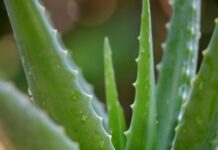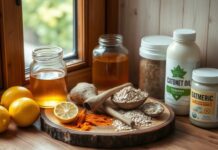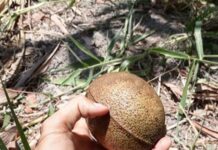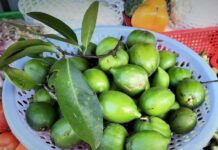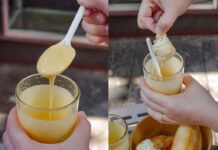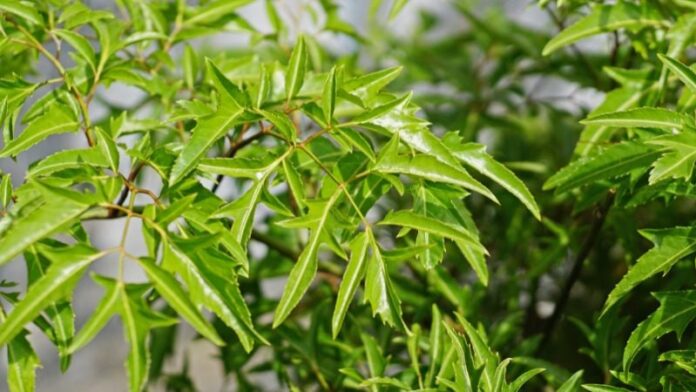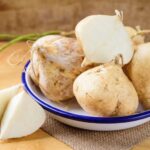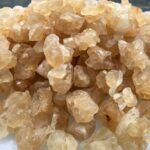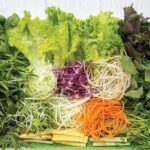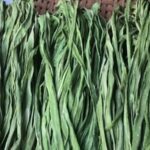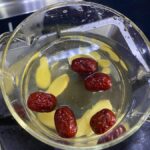Origin and Characteristics of Polyscias Fruticosa
Polyscias fruticosa, commonly known as dwarf polyscias or shrubby aralia, is a species of plant belonging to the Araliaceae family. It is often referred to as “poor man’s ginseng” due to its valuable medicinal properties. This plant has a compact shape, with glossy green feather-shaped leaves and a smooth stem. It is easy to grow and care for, and various parts of the plant, including the leaves, stem, and roots, are used either as medicine or as nutritious food.
According to traditional Vietnamese medicine, Polyscias fruticosa has been an integral part of the local culture for hundreds of years. As Nguyen Cong Duc, a prominent herbalist from Ho Chi Minh City University of Medicine and Pharmacy, shared with Thanh Nien newspaper, “Polyscias fruticosa is likened to ginseng because it contains many precious active ingredients that help enhance health and support the treatment of various diseases.” Due to its widespread popularity and high economic value, this plant is becoming increasingly favored in modern life.
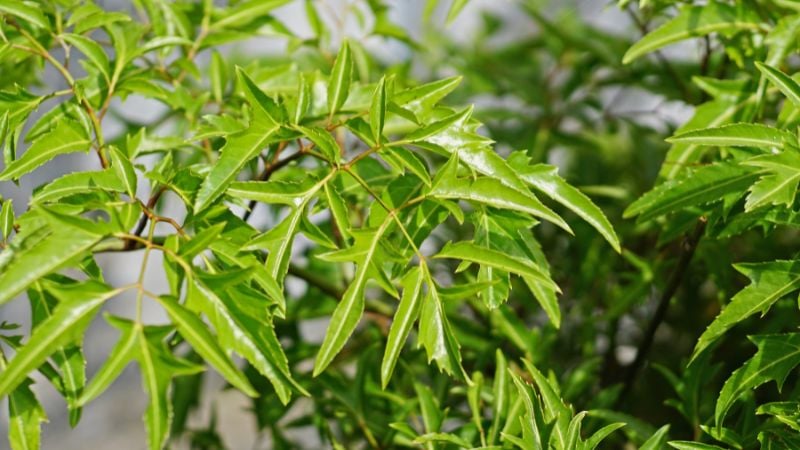
Why is Polyscias Fruticosa Called the “Poor Man’s Ginseng”?
Polyscias fruticosa contains an array of valuable compounds, including saponins, alkaloids, vitamins, and minerals, offering numerous health benefits:
Key Active Compounds and Pharmacological Effects
- Saponins: These compounds boost the immune system, reduce stress levels, and aid in recovery after illness.
- Alkaloids: Effective in reducing pain and exhibiting anti-inflammatory properties.
- Vitamins and Minerals: Help maintain bodily functions, improve blood circulation, and enhance memory.
Traditional Remedies and Proven Benefits
- Health Tonic: Drinking a decoction made from dried roots of Polyscias fruticosa helps boost physical strength and combat fatigue.
- Digestive Aid: Cooking the leaves of the plant makes a delicious soup that stimulates appetite and relieves indigestion.
- Lactation Support for New Mothers: According to Suc Khoe & Doi Song newspaper, drinking a decoction made from the leaves or incorporating them into dishes helps promote natural lactation.
- Pain Relief for Joint Aches: Folk wisdom suggests crushing the leaves and applying them topically to reduce pain and inflammation in affected areas.
Precautions
While generally safe, Polyscias fruticosa should be used appropriately. The recommended dosage is no more than 30g of dried root per day to avoid potential side effects such as dizziness and nausea. Pregnant women and individuals with allergies should consult a physician before use.
Air Purifying Capabilities of Polyscias Fruticosa
In addition to its health benefits, Polyscias fruticosa is renowned for its ability to purify the air by reducing fine dust particles. The plant’s air-filtering mechanism includes the following processes:
- Dust Absorption by Leaves: The large surface area of the leaves enables them to trap fine dust particles from the environment.
- Absorption of Pollutants through Stomata: The plant absorbs harmful substances like CO2 and SO2 and converts them into clean oxygen.
- Microclimate Improvement: Polyscias fruticosa increases humidity and lowers the surrounding air temperature, creating a pleasant and comfortable atmosphere.
Research conducted by the Southern Institute of Ecology (as reported in VietnamNet newspaper) revealed that Polyscias fruticosa effectively filters out PM2.5 fine dust particles, making it ideal for indoor and office environments. Compared to other popular houseplants like snake plants or peace lilies, Polyscias fruticosa requires less maintenance while still providing superior air purification capabilities.

Growing and Caring for Polyscias Fruticosa at Home
Selecting and Propagating Cuttings
- Cutting Propagation: Choose healthy stems, cut 15-20cm segments, and place them in moist soil. Maintain consistent moisture for 2-3 weeks.
- Seed Propagation: Less common due to the longer development time.
Ideal Growing Conditions
- Soil: Use nutrient-rich soil with good drainage.
- Light: The plant prefers bright, indirect light and should be shielded from intense direct sunlight.
- Watering: Water regularly, but avoid overwatering to prevent root rot.
- Temperature: Thrives in temperatures ranging from 20-30°C.
Planting and Care Instructions
- Prepare a pot with drainage holes, fill it with the appropriate soil, and place the seedling or cutting into it.
- Water periodically, approximately 2-3 times a week, and provide organic fertilizer once a month.
- Inspect the leaves regularly for pests and diseases and treat them promptly if necessary.
Harvesting and Usage
- Young leaves can be harvested year-round for culinary or medicinal purposes.
- For optimal medicinal benefits, allow the roots to mature for 3-5 years before harvesting.
Conclusion
Polyscias fruticosa is more than just an ornamental plant; it is a valuable asset for health and environmental well-being. With its ability to filter fine dust, improve air quality, and offer numerous medicinal benefits, it is an excellent choice for every Vietnamese household. Consider growing this plant in your garden or on your balcony, not only for its health benefits but also to continue the precious cultural traditions of our nation. Don’t forget to share your experiences with us!

